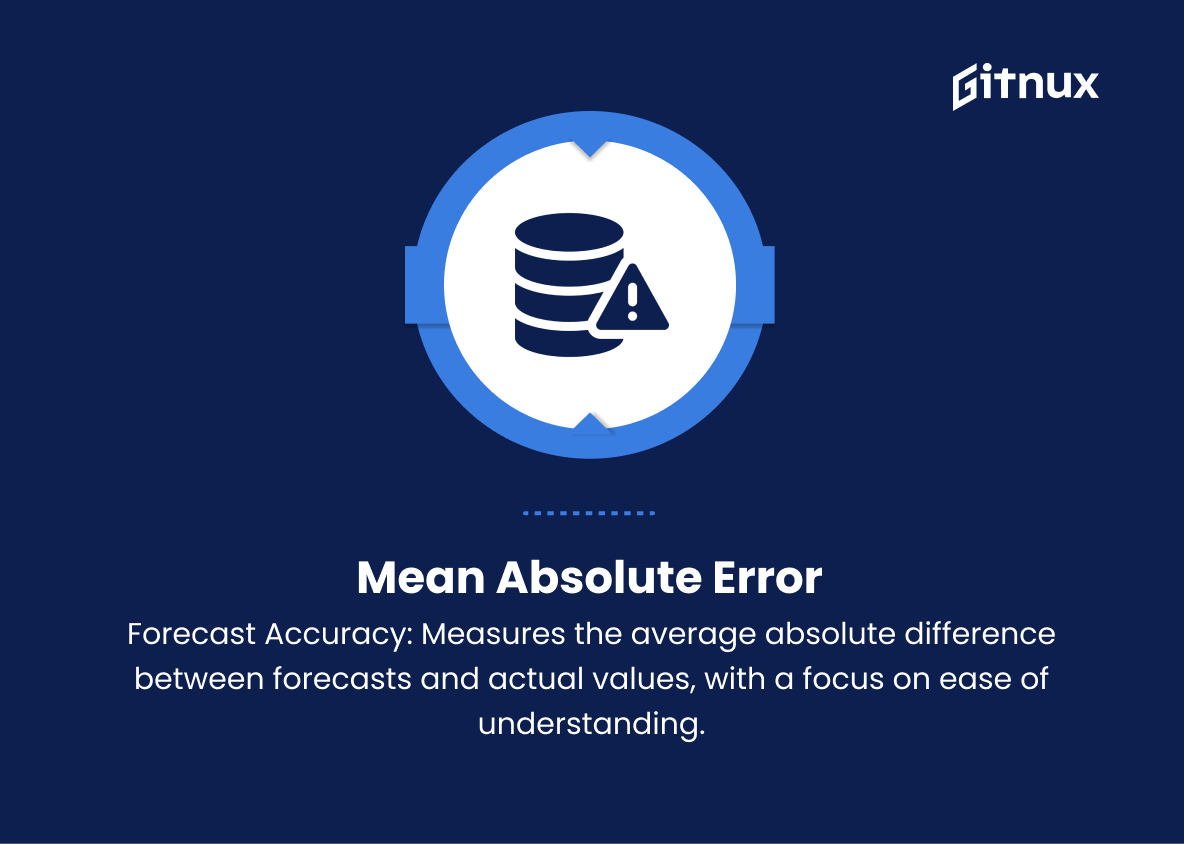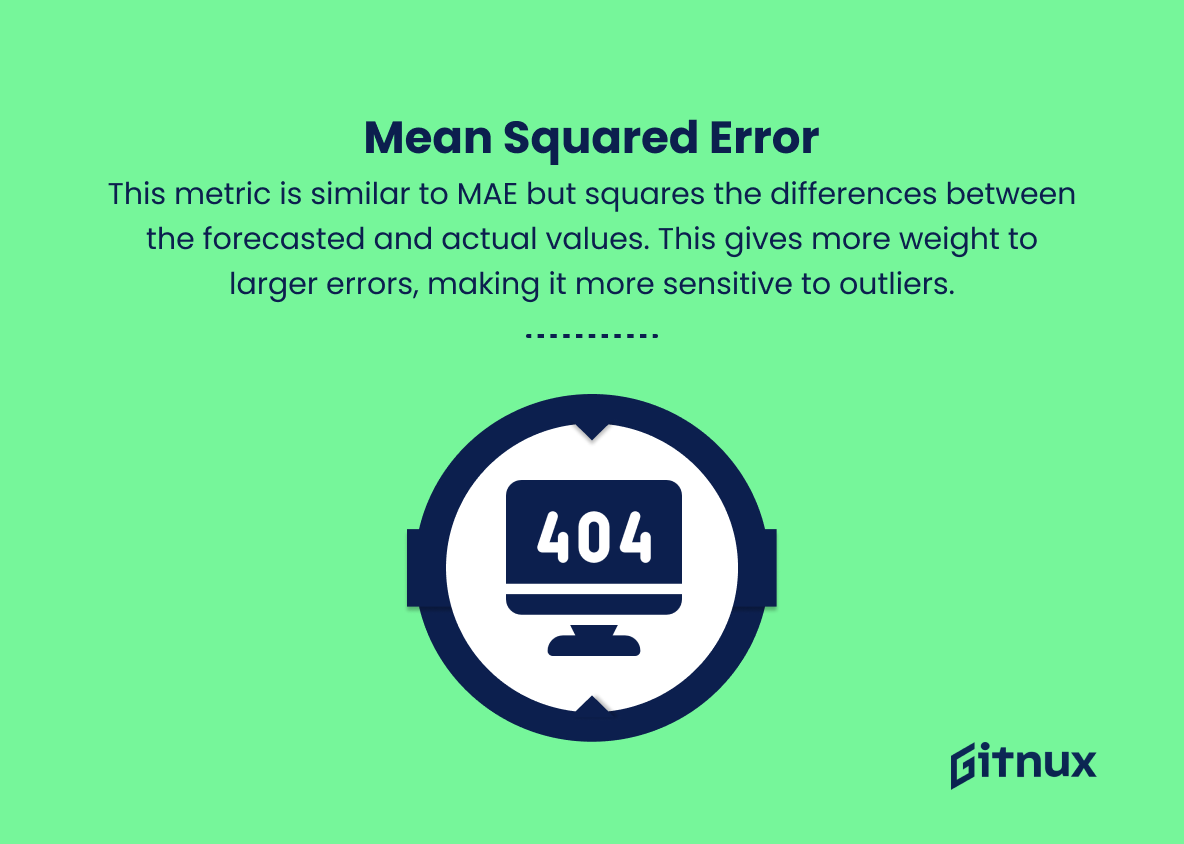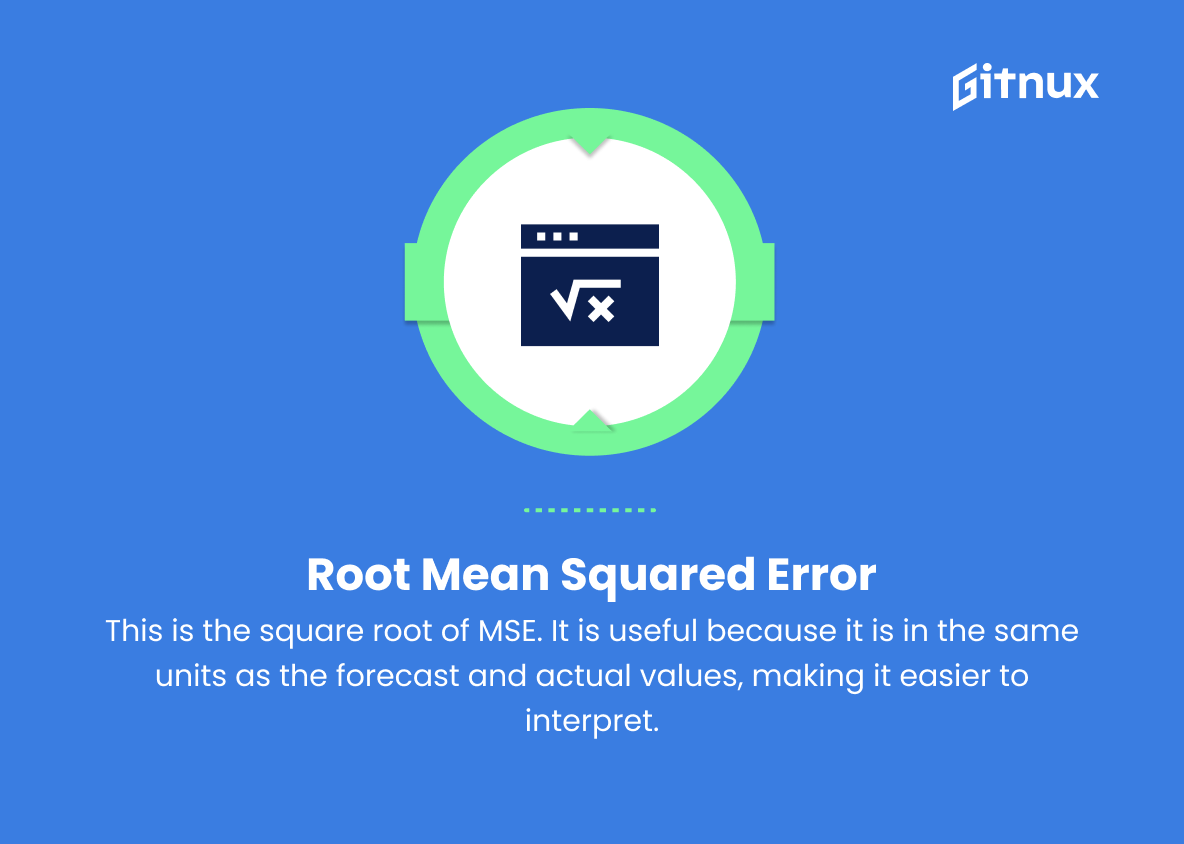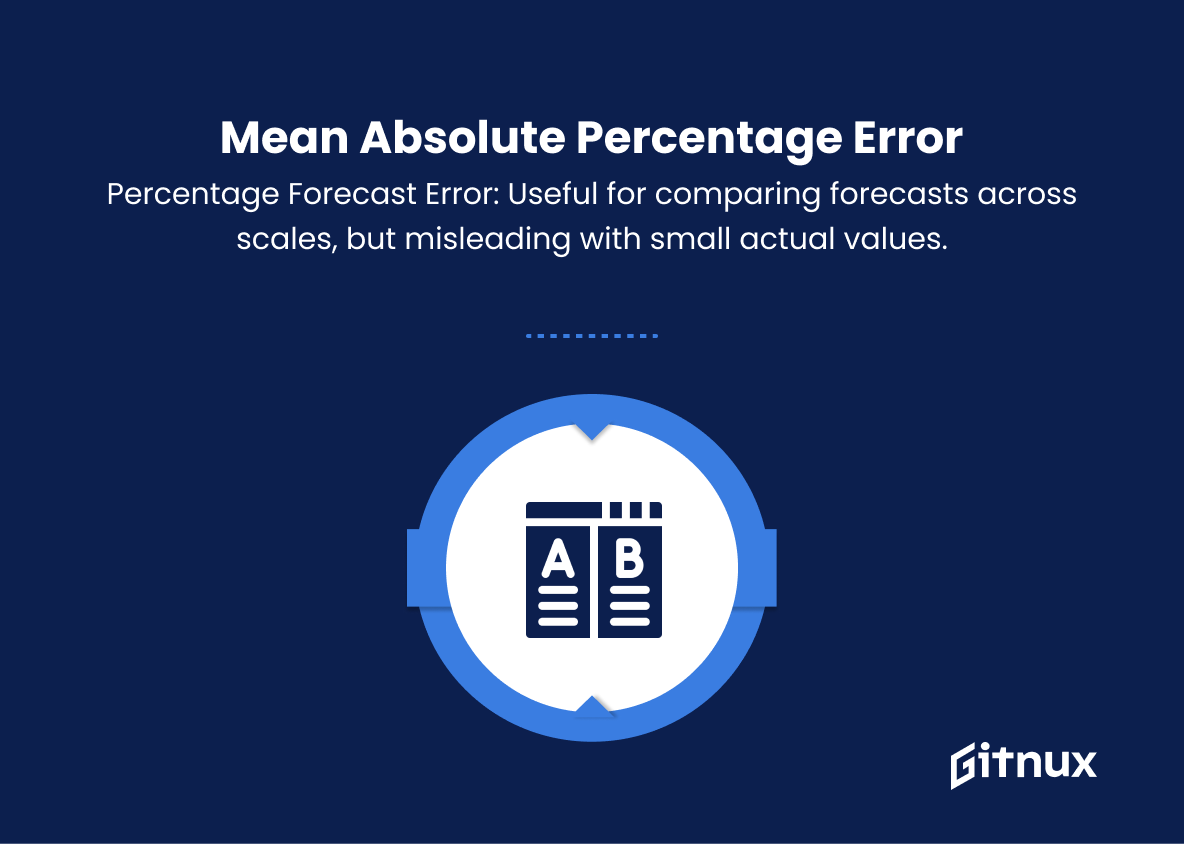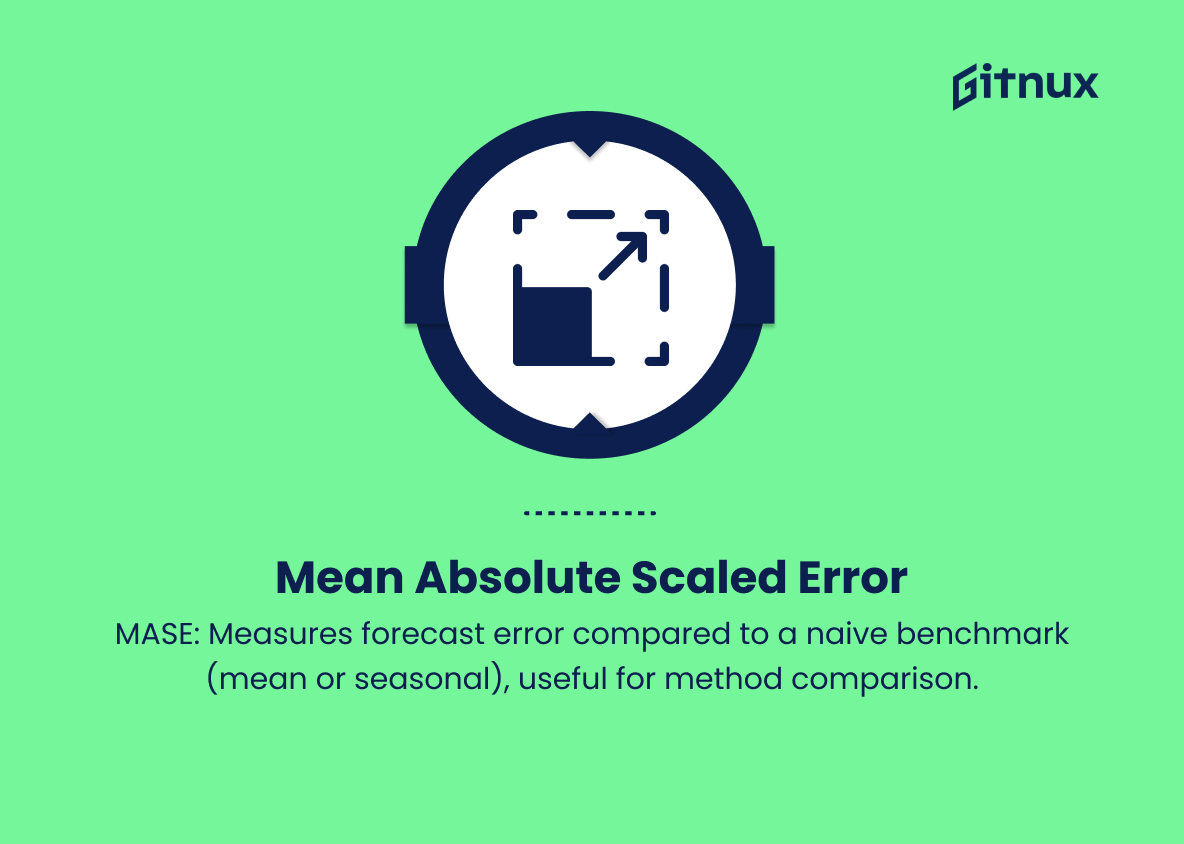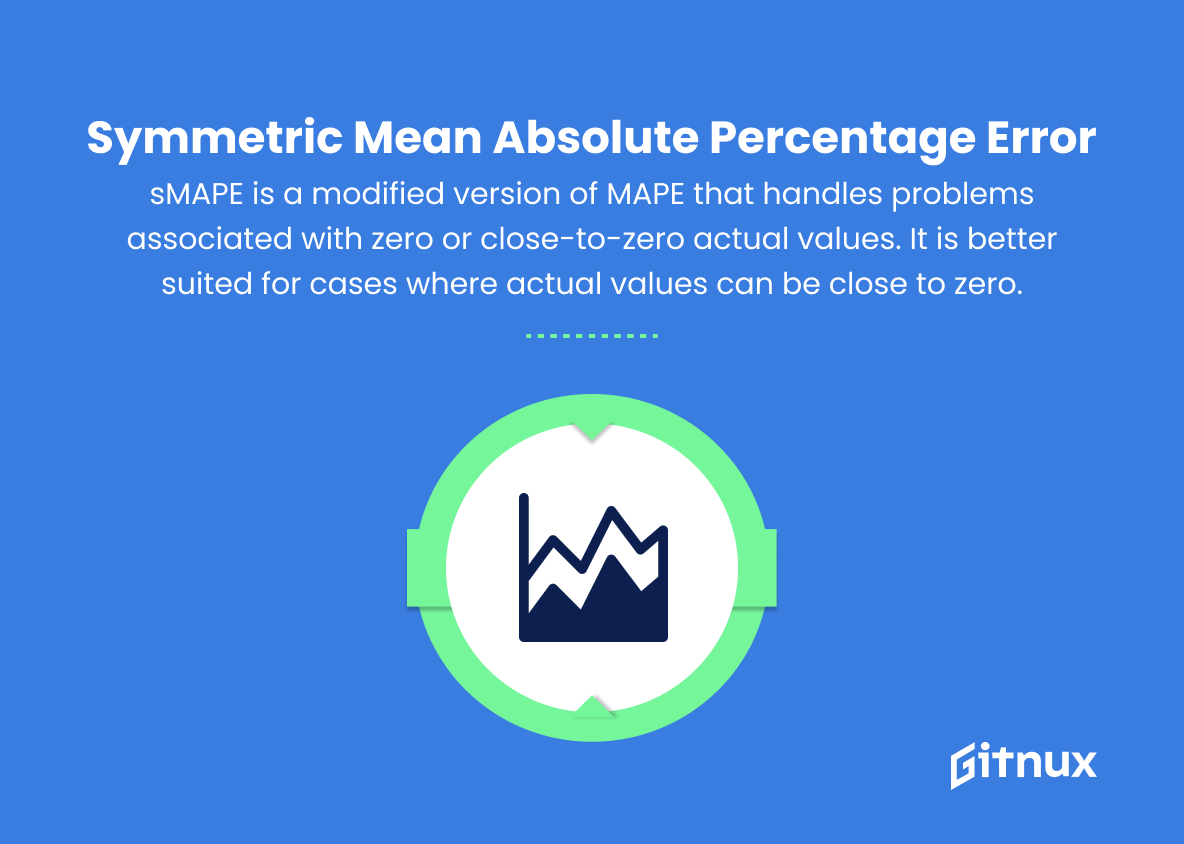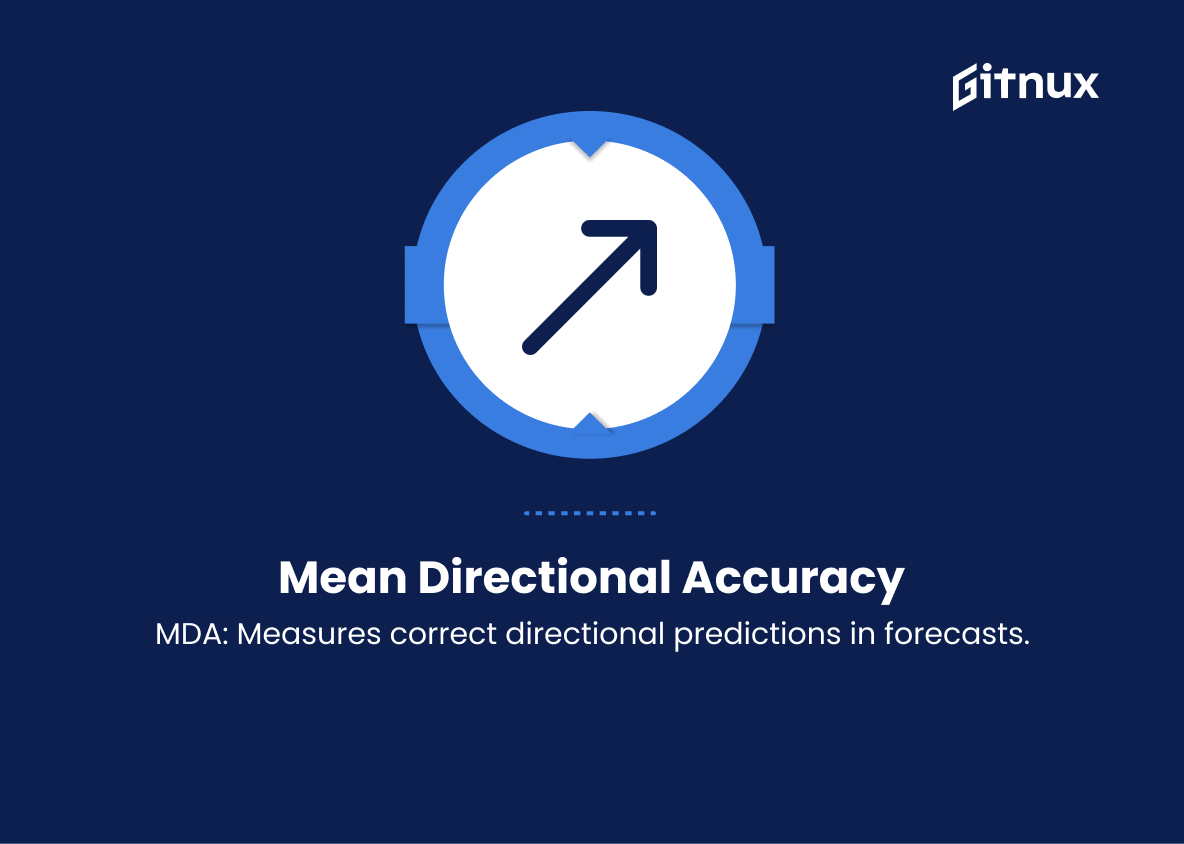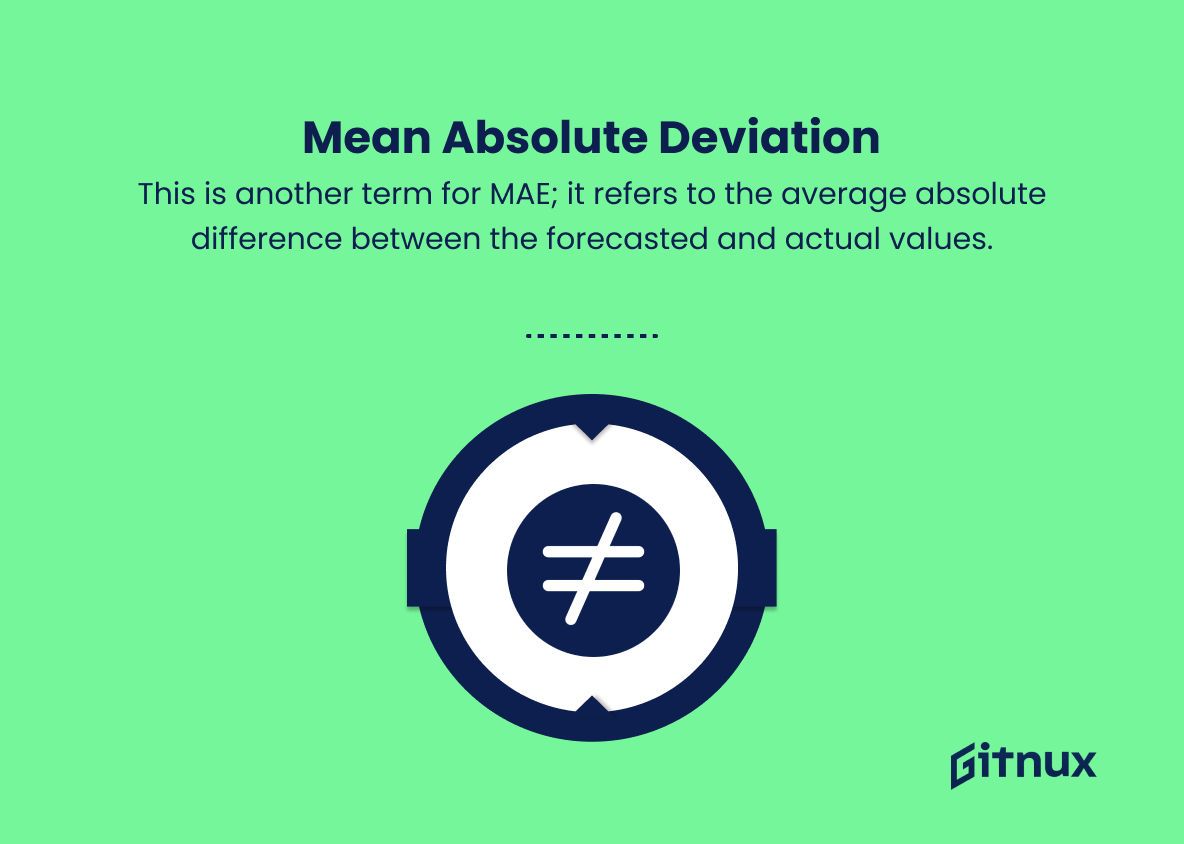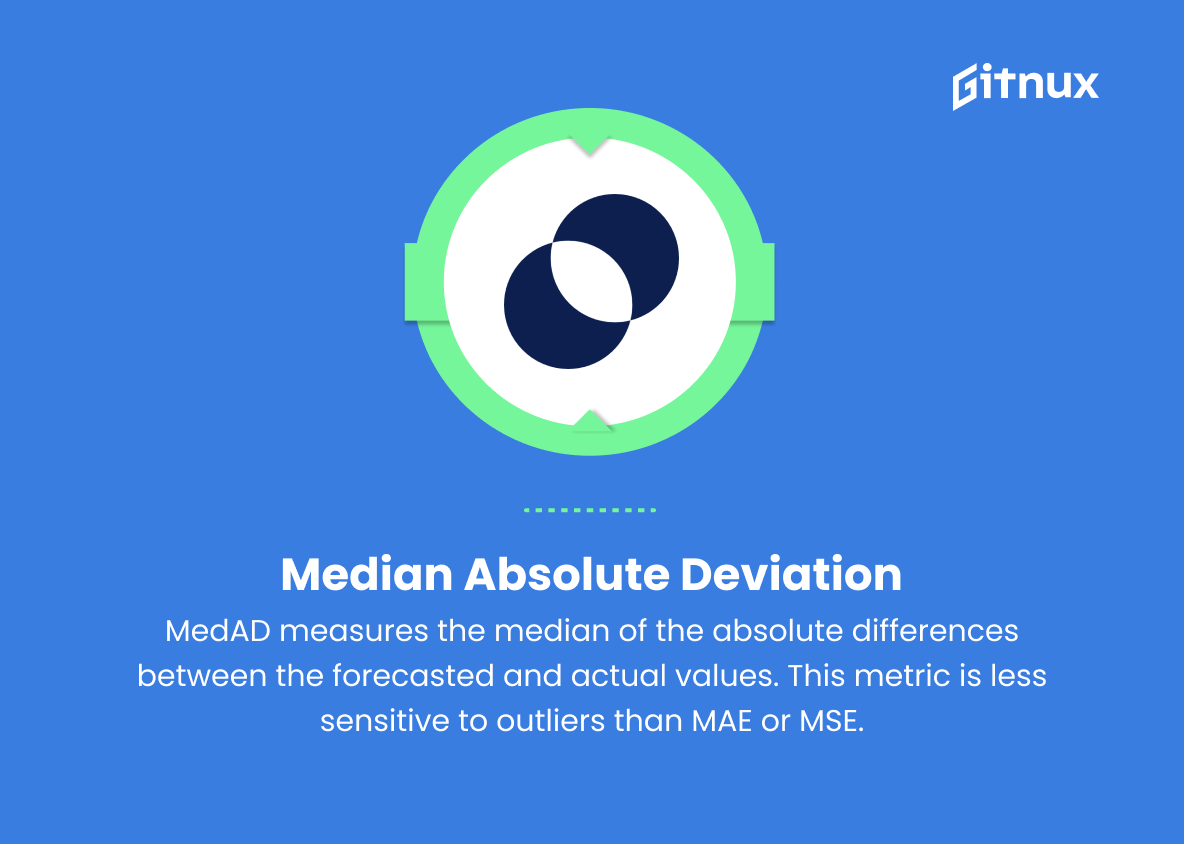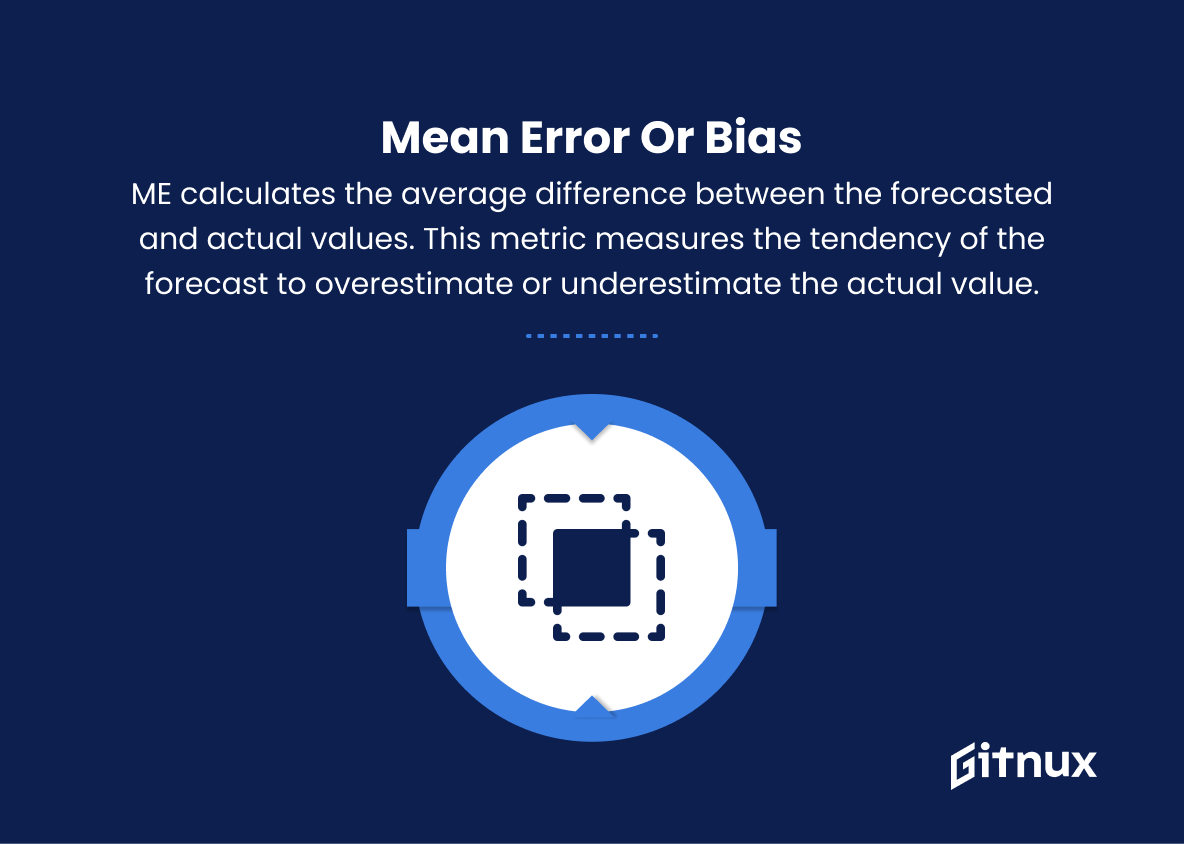In today’s hyper-competitive business landscape, staying ahead of the curve requires a deep understanding of market trends, consumer behavior, and industry dynamics. A crucial component of this strategic planning process involves the use of forecasting metrics, which allow businesses to make data-driven decisions that drive growth and ensure sustainability.
In this thought-provoking blog post, we will delve into the world of forecasting metrics, exploring their significance and various applications in diverse industries. Join us as we uncover the crucial role these predictive tools play in shaping a company’s future and how your organization can implement them effectively to thrive in an ever-evolving market.
Forecasting Metrics You Should Know
1. Moving Average
This is a simple forecasting metric that calculates the average of a fixed number of previous data points to predict future values. The primary advantage is its simplicity and ease of calculation, but it is not adept at capturing trends or seasonality in data.
2. Exponential Smoothing
This is an advanced version of the moving average method, where greater weight is assigned to more recent data points. This metric is better at capturing trends and requires less historical data for accurate forecasting.
3. Seasonal Decomposition of Time Series (STL)
This metric decomposes a time series into a trend, seasonal, and residual component. It allows for a clearer understanding of the underlying patterns in the data and improves forecast accuracy by accounting for seasonality.
4. Autoregressive Integrated Moving Average (ARIMA)
This is a combination of autoregressive (AR) and moving average (MA) models, as well as differencing to achieve stationarity within the time series data. The ARIMA model captures the relationship between past and present values to forecast future values.
5. Seasonal ARIMA (SARIMA)
SARIMA expands upon basic ARIMA by incorporating seasonal differencing and seasonal autoregressive and moving average terms. This model is well-suited for time series data with seasonal patterns.
6. Holt-Winters Method
This method extends exponential smoothing to account for trend and seasonality. It uses three smoothing equations (level, trend, and seasonal) and is suitable for predicting data points in time series with seasonality and trends.
7. Vector Autoregression (VAR)
This is a multivariate forecasting model that extends the univariate AR concept to multiple time series, capturing the interdependencies between them. It is well-suited for predicting multiple time series simultaneously.
8. Bayesian Structural Time Series (BSTS)
This is a probabilistic modeling approach that incorporates uncertainty through Bayesian inference. It allows for the inclusion of both in-sample and external information to improve forecast accuracy and is appropriate when working with limited historical data.
9. Croston’s Method
The Croston’s method is specifically designed for intermittent demand forecasting, where the volume and periods of demand are irregular. This method separately forecasts the demand size and intervals to predict future demand in such contexts.
10. Neural Networks
This method utilizes artificial intelligence and machine learning algorithms to forecast time series data. Neural networks can learn complex patterns and dependencies in the data, making them suitable for highly nonlinear and large-scale time series forecasting.
11. Prophet
Developed by Facebook, this forecasting methodology appropriately accommodates time series with irregular trend patterns, seasonality, and holidays. It automatically selects the right model components by utilizing a decomposable time series model.
12. Time Series Decomposition
This method involves breaking down a time series into its constituent components, such as trend, seasonal, cyclical, and irregular variations. By identifying these patterns and their interplay, it improves the accuracy of the overall forecast.
Each of these forecasting metrics has its advantages and disadvantages depending on the specific dataset, the presence of trends or seasonality, and the need for model interpretability.
Forecasting Metrics Explained
Forecasting metrics serve as vital tools for predicting future values in time series data. The Moving Average, while simple and easy to calculate, is less adept at capturing trends and seasonality compared to metrics like Exponential Smoothing. Seasonal Decomposition of Time Series (STL) and Time Series Decomposition methods allow for a clearer understanding of underlying patterns by breaking data into components such as trend, seasonal, and residuals. ARIMA and its extension, SARIMA, both capture the relationship between past and present values and account for seasonality, while the Holt-Winters Method considers trends and seasonality through three smoothing equations.
Vector Autoregression (VAR) and Bayesian Structural Time Series (BSTS) handle multivariate forecasting and probabilistic modeling, respectively, while Croston’s Method specifically addresses intermittent demand forecasting. More advanced techniques like Neural Networks harness artificial intelligence to learn complex patterns in data, and the Prophet methodology, developed by Facebook, caters to irregular trend patterns and holidays. Choosing the appropriate forecasting metric ultimately depends on the dataset’s specific characteristics, the presence of trends or seasonality, and the desired level of model interpretability.
Conclusion
In conclusion, accurately forecasting metrics is an essential practice for any business or organization looking to succeed in today’s rapidly changing landscape. By effectively leveraging historical data, identifying trends, implementing the right statistical or machine learning models, and continuously refining the process, decision-makers can make more informed choices that benefit the overall performance and health of their ventures.
Additionally, open communication and a culture of collaboration across various departments will ensure that forecasting metrics are embraced and utilized to their full potential. The key takeaway is that even in the face of uncertainty, organizations that prioritize and invest in sophisticated forecasting methodologies will be better equipped to navigate the challenges that lie ahead, while staying agile and prepared for any shifts in the market. Ultimately, mastering forecasting metrics will contribute to the growth, resilience, and long-term success of any business.
